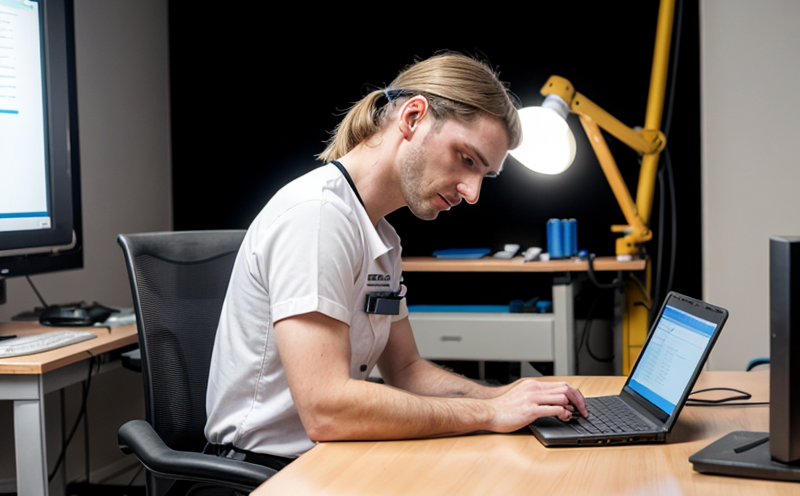ISO 11064 Control Room Ergonomic Design Testing (Avionics Application)
The ISO 11064 standard provides a framework for the ergonomic design of control rooms in various sectors, including aerospace and aviation. This service specializes in testing avionics control room designs to ensure they meet stringent ergonomic requirements as per ISO 11064:2018.
Ergonomic design is critical in the aerospace industry where human factors play a pivotal role in ensuring safety and efficiency of operations. The control room, being the nerve center for avionics systems, must be optimized to enhance operator performance and reduce errors. This service ensures that all aspects of ergonomic design—such as workstation layout, lighting conditions, noise levels, and operator comfort—are thoroughly evaluated.
The testing process involves several key steps. First, we conduct a detailed review of the control room design plans and specifications against ISO 11064 guidelines. This includes assessing the physical dimensions of workstations to ensure they accommodate different body sizes comfortably. We also examine seating arrangements for ergonomic support, ensuring that operators can maintain a neutral posture while working.
Lighting is another critical factor in control room design. Our testing ensures that lighting levels are adequate and free from glare or flicker, which could impair operator vision. Noise levels are also evaluated to ensure they do not interfere with communication or concentration. The use of color schemes and visual aids such as displays and readouts must be assessed for clarity and ease of interpretation.
The testing process also involves simulating real-world scenarios where operators perform tasks under conditions that mimic actual flight operations. This helps identify any design flaws that could compromise safety or efficiency. We use advanced instrumentation to measure physiological parameters like heart rate, stress levels, and cognitive performance during these simulations. These metrics provide valuable insights into the effectiveness of ergonomic designs.
Once testing is complete, a comprehensive report is generated detailing all findings and recommendations for improvement. This includes specific suggestions on how to address any identified issues in compliance with ISO 11064 standards. The report serves as a crucial reference document for continuous improvement of control room design practices.
Why Choose This Test
Selecting the right testing service is essential for ensuring that avionics control rooms meet all necessary ergonomic requirements. Our ISO 11064 Control Room Ergonomic Design Testing offers several advantages:
- Compliance Assurance: Ensures strict adherence to international standards, enhancing reliability and safety.
- Data-Driven Recommendations: Provides detailed insights through comprehensive testing and analysis.
- Expertise in Aerospace: Our team has extensive experience in aerospace ergonomics, ensuring thorough evaluation of all relevant parameters.
- Customized Solutions: Tailored reports that address specific needs and challenges unique to each project.
By choosing this service, you can be confident that your control room design is optimized for operator comfort and performance, thereby enhancing overall system reliability and safety.
Quality and Reliability Assurance
The quality of avionics control rooms directly impacts the operational efficiency and safety of aerospace systems. Our testing service plays a vital role in ensuring that every design meets the highest standards of ergonomics, thereby contributing to overall reliability.
We employ rigorous testing protocols that adhere strictly to ISO 11064 guidelines. This ensures that all aspects of ergonomic design are thoroughly evaluated and validated. By doing so, we provide peace of mind knowing that your control room is not only compliant with international standards but also optimized for performance.
The reliability of avionics systems depends heavily on the comfort and efficiency of operators working within these environments. Ergonomic designs significantly contribute to reducing human error rates, which can have serious consequences in critical aerospace applications. Our testing service helps identify potential areas for improvement that could enhance both operator well-being and system performance.
We also conduct regular follow-up assessments to monitor changes over time and ensure ongoing compliance with evolving standards and best practices. This proactive approach ensures sustained reliability and safety of your avionics control rooms, contributing to long-term success in the aerospace industry.





